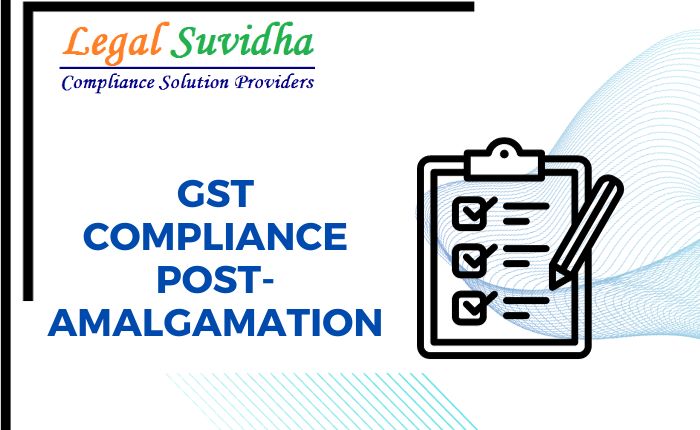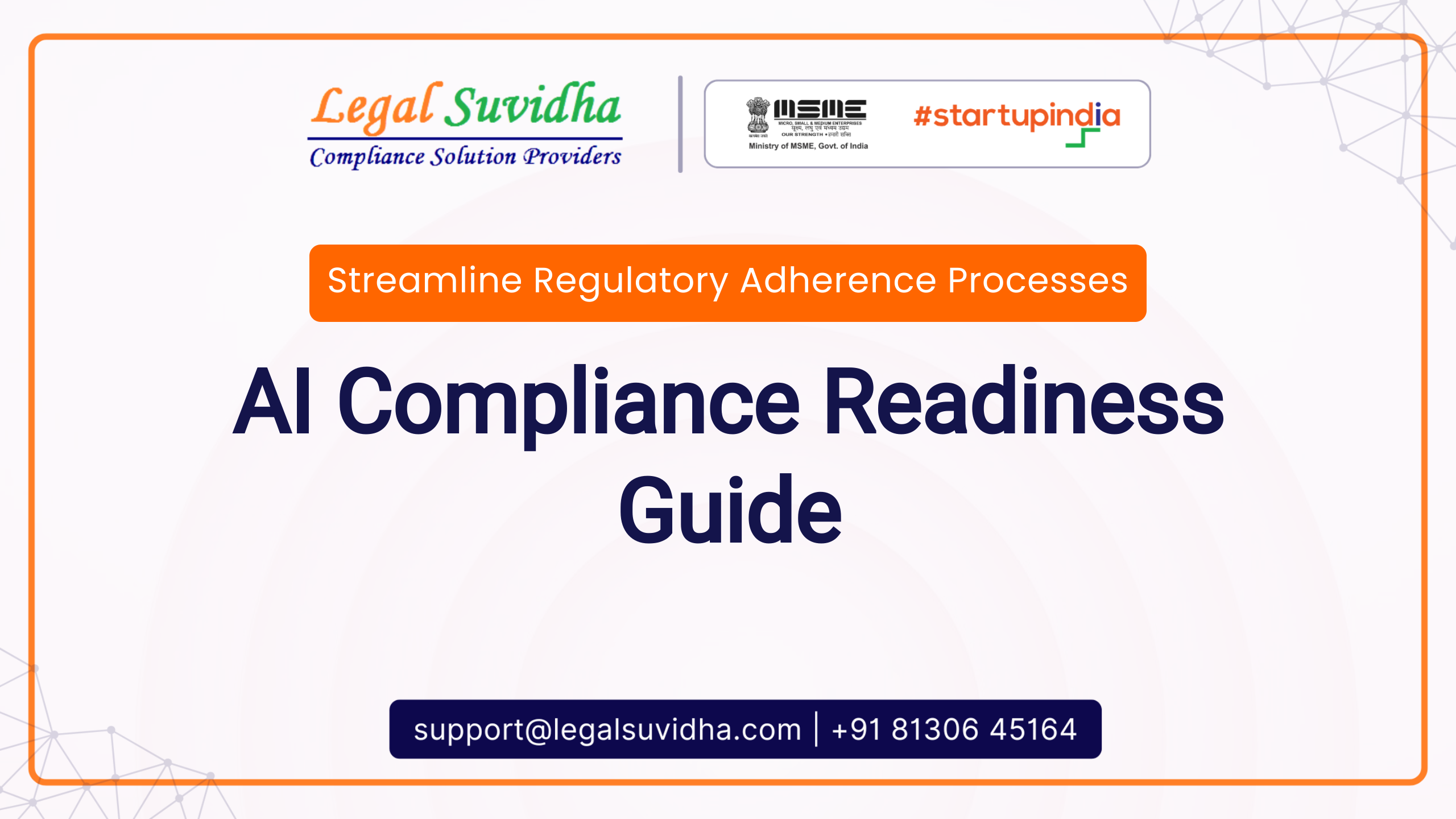In the business world, companies often join forces through mergers and acquisitions. When this happens, it’s important to handle tax responsibilities carefully, especially when it comes to Goods and Services Tax. GST involves things like filing tax returns, getting registered, and transferring tax credits.
So, when two companies come together, dealing with GST can get tricky. You need to pay close attention to how you file taxes, get registered properly, and handle the transfer of tax credits.
1. Post-Amalgamation GST Registration:
- When an amalgamation takes place, the legal existence of the transferor company comes to an end. Consequently, its GST registration must be terminated.
- According to Section 29(1) of the CGST Act, in cases of amalgamation or demerger, the GST registration associated with the business should be canceled.
- An application for this cancellation must be submitted within a specified timeframe following the event.
- However, it is essential to address all pending transactions or unresolved matters related to the transferor company beforehand.
- A transition period may be necessary during which the company must maintain its GST registration to ensure compliance.
2. Ensuring a Smooth Transition: Steps and Considerations:
To facilitate a seamless transition, several steps and considerations should be taken into account:
- Add the premises of the transferor as an additional place of business under the transferee’s GST registration.
- Instruct all suppliers of the transferor company to issue invoices using the GST registration number of the transferee.
- Notify both suppliers and customers of the amalgamation and the resulting change in the GST registration number.
- Maintain a communication log, which can serve as evidence of compliance during future audits or assessments.
3. Filing Returns During the Active Registration Period:
Until the GST registration is formally surrendered, the transferor company should continue filing all required GST returns. This includes the annual return and reconciliation statement for the relevant financial year, encompassing details from both merging companies. The filing of the Annual Return (Form GSTR 9) and reconciliation statement (GSTR-9C) is mandatory, but future requirements will depend on turnover and any exemptions granted.
4. Transferring Input Tax Credit (ITC):
An integral aspect of amalgamation is the transfer of unutilized ITC from the transferor to the transferee. Specific procedures for this transfer are outlined in the CGST Act and CGST Rules, which include:
- The transferor filed Form ITC-02, providing details of the merger and the transfer of ITC.
- Submission of a CA certificate validating the transfer of all assets and liabilities.
- The transferee accepts the transferred ITC on the GST portal.
5. The Final GST Return:
Upon completion of the amalgamation and fulfillment of all related obligations, the registration of the transferor company is usually canceled. Subsequently, the final return, Form GSTR-10, must be filed within a specified timeframe following the registration cancellation.
6. Dispelling Misconceptions:
The dissolution of a company due to amalgamation does not absolve it of its obligation to file the necessary GST returns for the relevant financial year. Companies should continue their compliance, including the monthly returns until the GST registration is officially surrendered and canceled.
7. Scope and Limitations:
It is imperative to comprehend that any legal advice or opinions concerning GST compliance are contingent on specific facts and the prevailing legal framework. Laws evolve, and businesses must stay abreast of the latest legal provisions and interpretations.
Conclusion:
The process of combining companies is complex and involves many legal, financial, and operational details. Following the rules for GST (Goods and Services Tax) is very important to avoid legal problems when merging. It’s a good idea for companies to get advice from experts and carefully plan their GST strategy during the merger to reduce risks and make sure everything goes smoothly.
If You have any queries then connect with us at [email protected] or [email protected] & Contact us & stay updated with our latest blogs & articles









